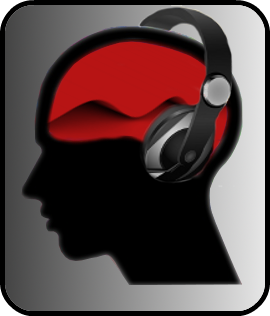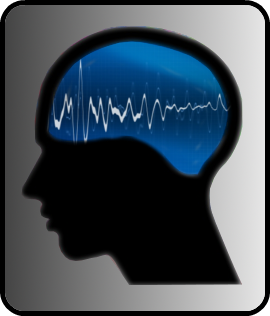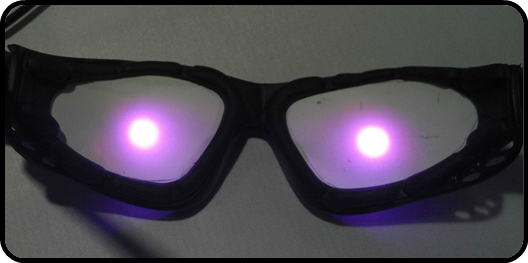







Sources
History
Physiology
Research
Overview
Treatment
AVS achieves its effects through several mechanisms simultaneously. These include:
Altered EEG activity
Dissociation/hypnotic induction
Limbic stabilization
Improved neurotransmitter production
Altered cerebral blood flow
AVS consists of constant, repetitive stimuli of the proper frequency and sufficient strength to excite the thalamus and neocortex. These stimuli do not transfer energy directly into the cortex. The direct transmission of energy from AVS only goes so far as to excite retinal cells in the eyes and pressure sensitive cilia within the cochlea in the ears. The nerve pathways from the eyes and ears carry the elicited electrical potentials into the thalamus. From there, the entrained electrical activity within the thalamus is amplified and distributed throughout other limbic areas and the cerebral cortexes via the cortical thalamic loop. AVS involves the continuous electrical response of the brain in relation to the stimulus frequency plus the mathematical representation(harmonics) of the stimulus wave shape.
Physiology


